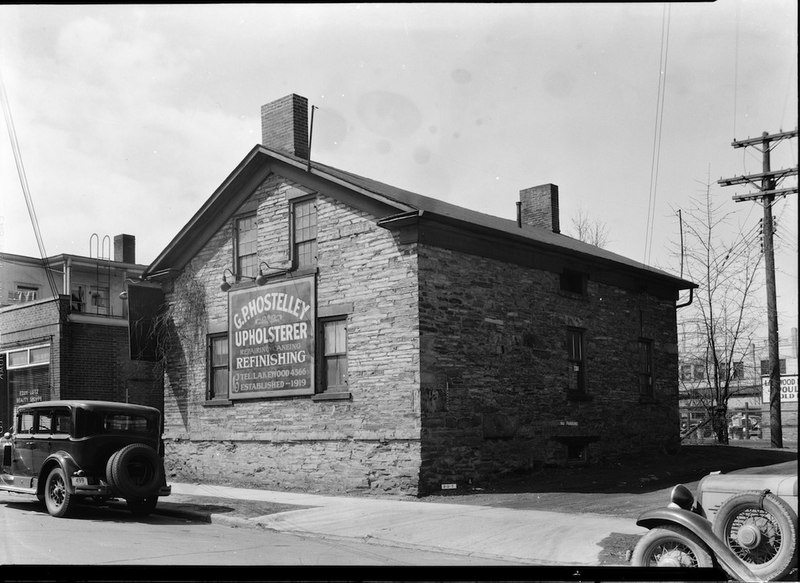
John Honam (1790-1845) built the Oldest Stone House in 1834 on the north side of Detroit Avenue, just to the east of its intersection with Warren Road. Honam came to what was then known as Rockport Township around 1830 by way of Scotland and Portland, Maine, becoming one of Rockport's first settlers. He came to own over 90 acres of land in the rural township, with his parcel extending north of Detroit Avenue to the lake, bounded to the east and west by what are now Belle and Cook Avenues. Not much is known about Honam's activities, but it is likely that he made a living by farming his land. Honam's daughter Isabella (1815-1897) and her husband Orvis Hotchkiss (1809-1881) inherited the Oldest Stone House after John Honam died in 1845. Hotchkiss continued to farm a part of the land and also ran a tannery and a steam mill on the property. The married couple raised their family in the house, but after Isabella's death in 1897 none of John Honam's descendants would live there again.
Reflecting the transformation of Rockport around this time from a rural farming community into the affluent residential suburb of Lakewood, the Lakewood Realty Company purchased the Oldest Stone House in 1899 and used it as a sales office for its swanky Lakewood Park housing development. After Lakewood Realty Company moved out of the house, it contained a succession of commercial businesses, including a shoe repair shop, a photography studio, and a doctor's office. The house was also occasionally rented out as living quarters to various families and individuals. The longest lasting tenant in the Old Stone House during this period was surely Gilbert P. Hostelley's upholstery and furniture repair shop, located in the house from 1919 to 1952.
Smack dab in the middle of Lakewood's growing commercial district along Detroit Avenue, it was only a matter of time before the Oldest Stone House was threatened with demolition. In 1952, furrier Stephen Babin of Babin Furs at the northwest corner of Detroit and St. Charles Avenues and (since 1942) owner of the Old Stone House located just to the north of his shop, sought to expand his business, putting the house in harm's way. Babin offered the house to local historian Margaret Manor Butler at no cost. Butler, in a flurry of activity, raised the money needed to move the house, negotiated with the city of Lakewood to relocate it to its current site at Lakewood Park, and founded the Lakewood Historical Society. In 1953, the Oldest Stone House opened as both a home to the historical society and a museum dedicated to recreating the frontier life of Rockport Township in the 19th century. Fittingly, the house now stands on land that was originally a part of John Honam's 97-acre estate.
Images






